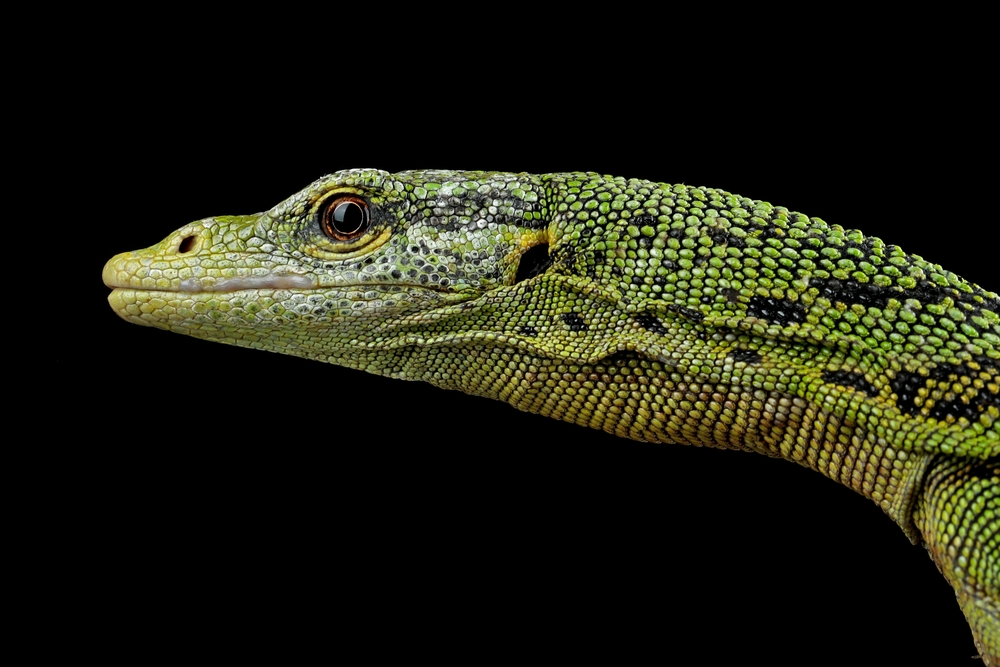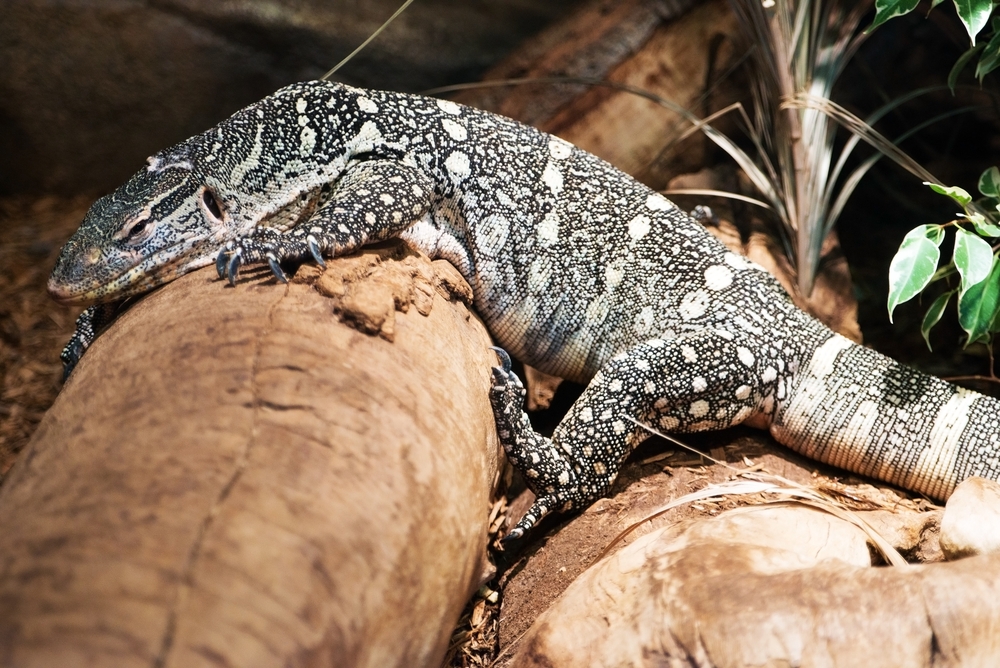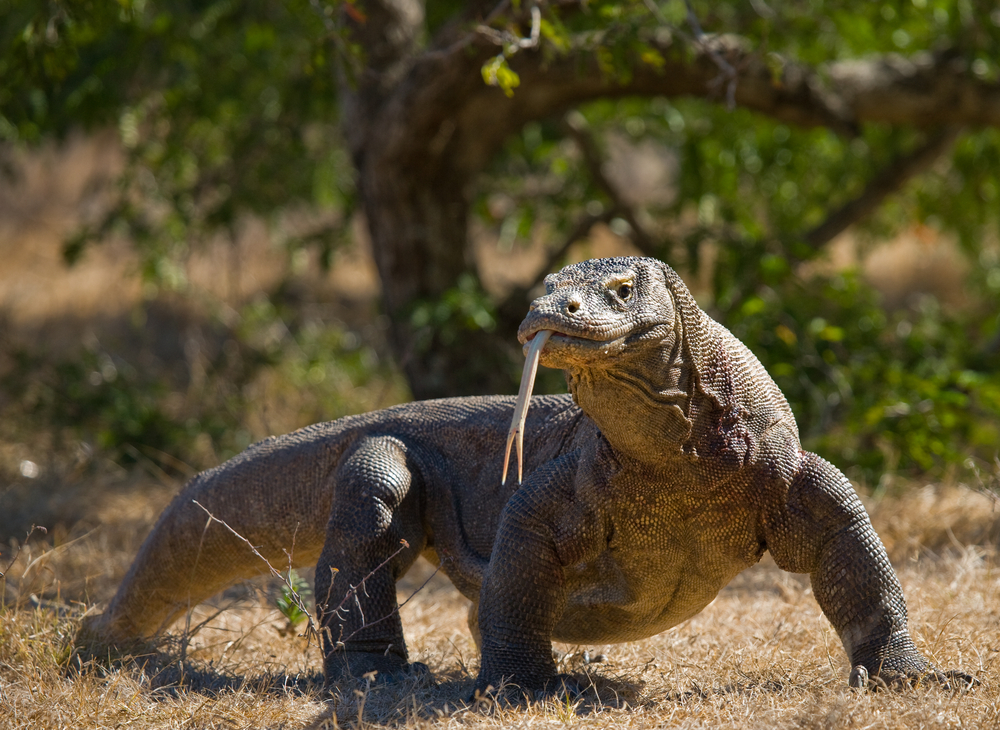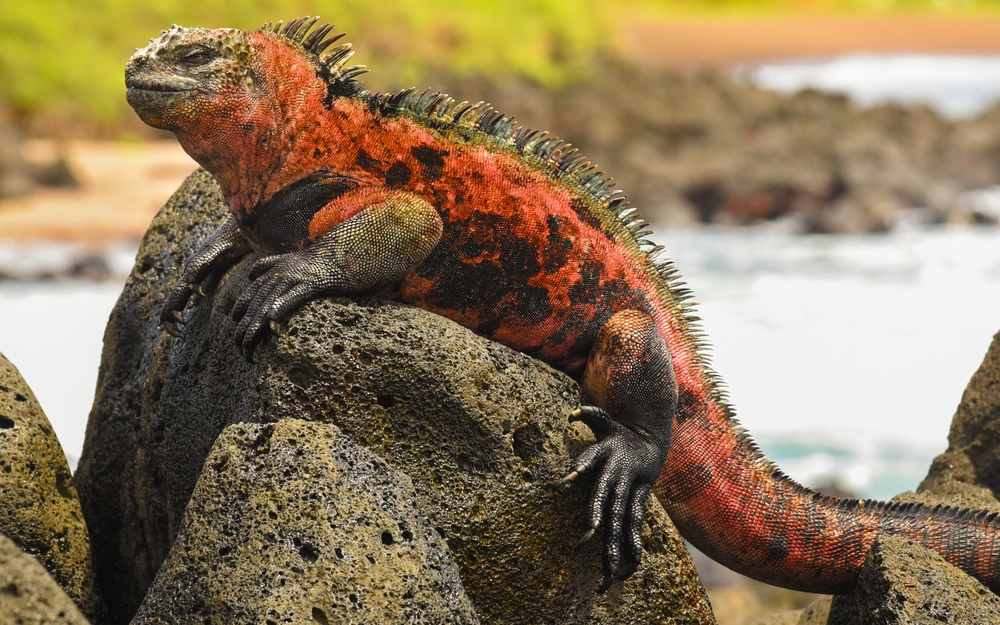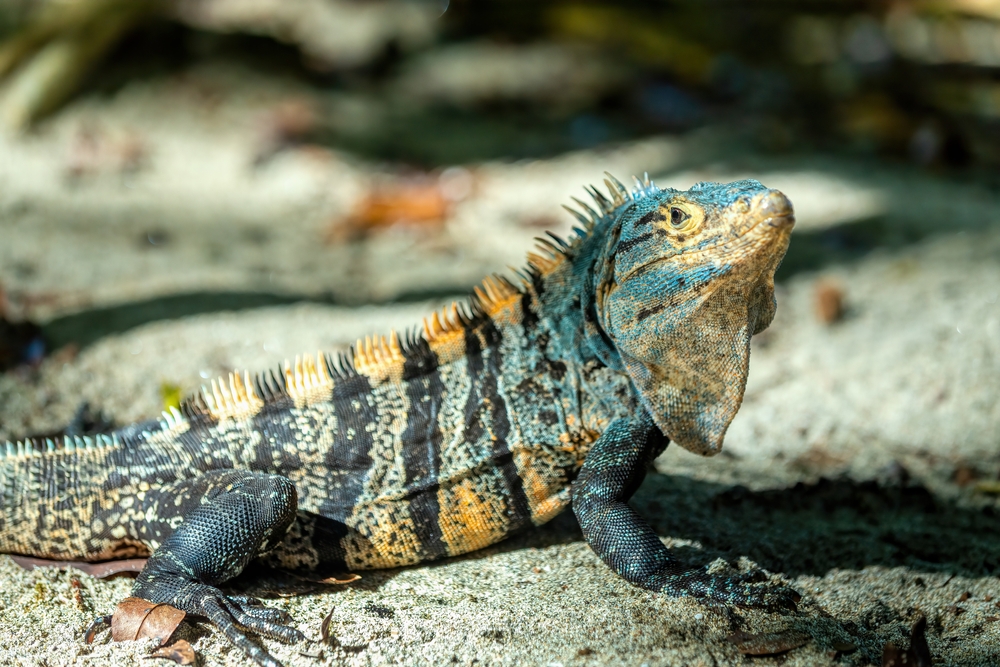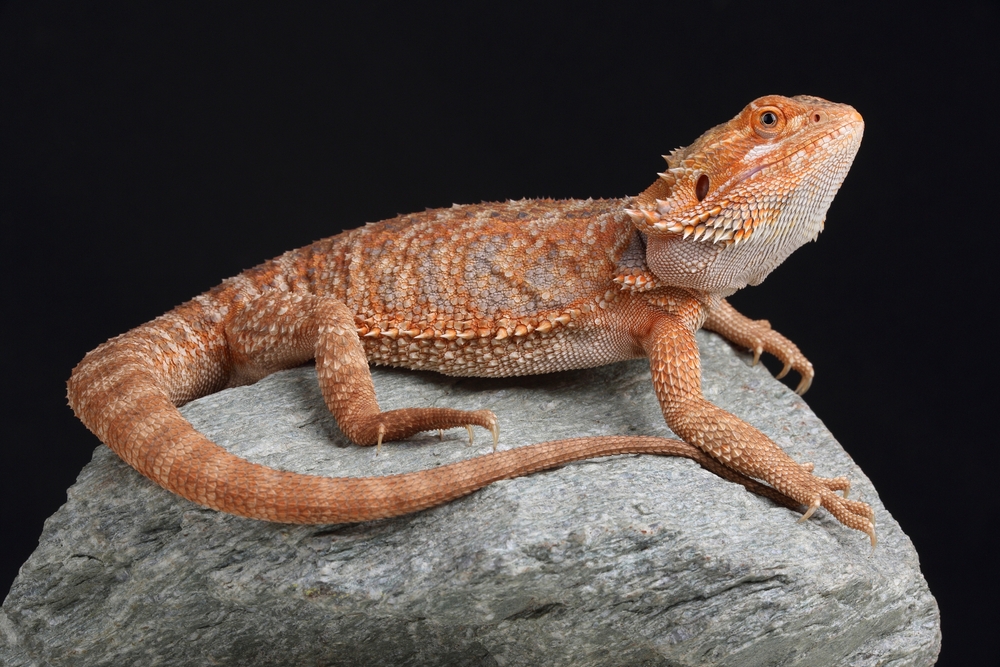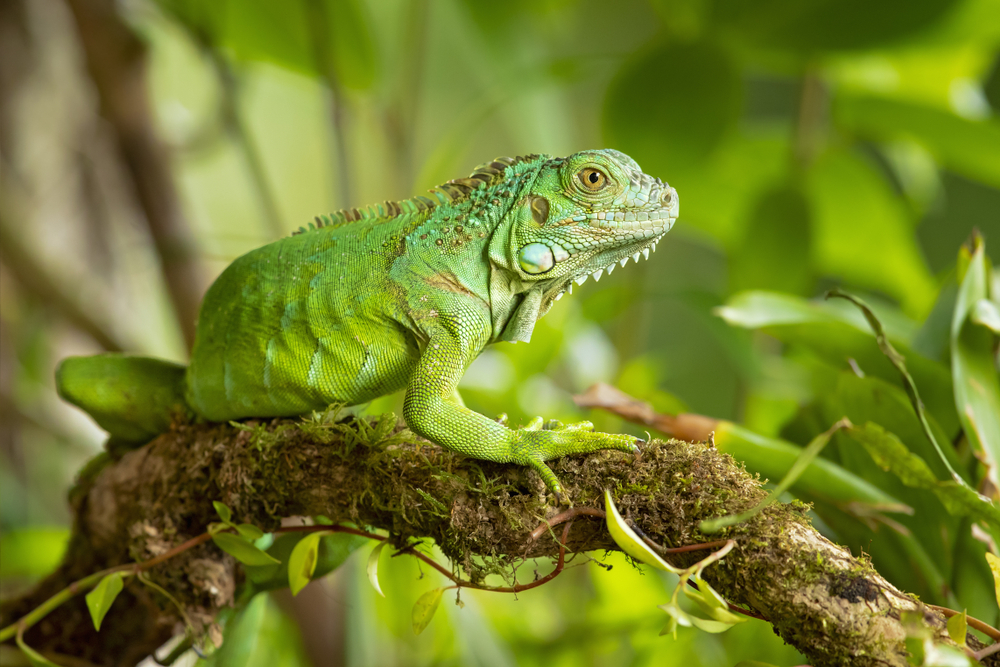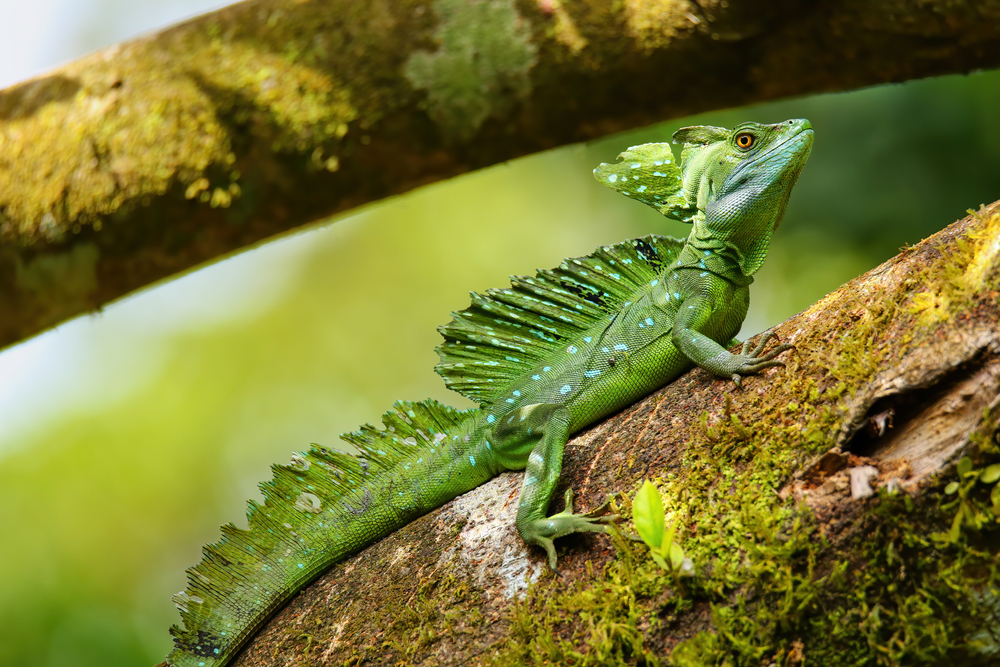About
#Reptile
The emerald tree monitor is a stunning, arboreal lizard native to lowland rainforests of New Guinea, nearby islands, and parts of northern Australia. Renowned for its vivid green coloration and agile climbing abilities, this species spends nearly its entire life in the forest canopy, making it one of the most specialized tree-dwelling monitors in the world.
Adults typically reach 75–100 cm (30–39 inches) in total length, with more than half of that made up by a long, prehensile tail used for balance and gripping branches. Their body is slender and lightweight, with emerald-green scales often patterned with black crossbands, helping them blend seamlessly into the leafy surroundings. Their claws are sharp, and their long toes are equipped with strong pads for gripping bark and branches.
Emerald tree monitors are diurnal and carnivorous, feeding on insects, spiders, birds, eggs, small reptiles, and occasionally carrion. They are alert and intelligent, using keen eyesight and a long, forked tongue to detect prey and navigate their environment.
Unlike many other monitor species, Varanus prasinus is extremely arboreal, rarely descending to the ground. They are known for their quick, snake-like movements and can escape predators by darting through the branches with remarkable agility.
Reproduction is oviparous. Females lay small clutches of 2–6 eggs, typically in tree hollows, termite mounds, or rotting logs. The young hatch fully independent and exhibit the same vibrant coloring as adults.
Though not currently listed as endangered, emerald tree monitors are threatened by habitat destruction and overcollection for the exotic pet trade. They require high humidity, climbing space, and careful care in captivity.
The emerald tree monitor’s scientific name is Varanus prasinus, and it belongs to the family Varanidae.
Threatened:
Extinct
Critically Endangered
Endangered
Vulnerable
Near Threatened
Least Concern



































































